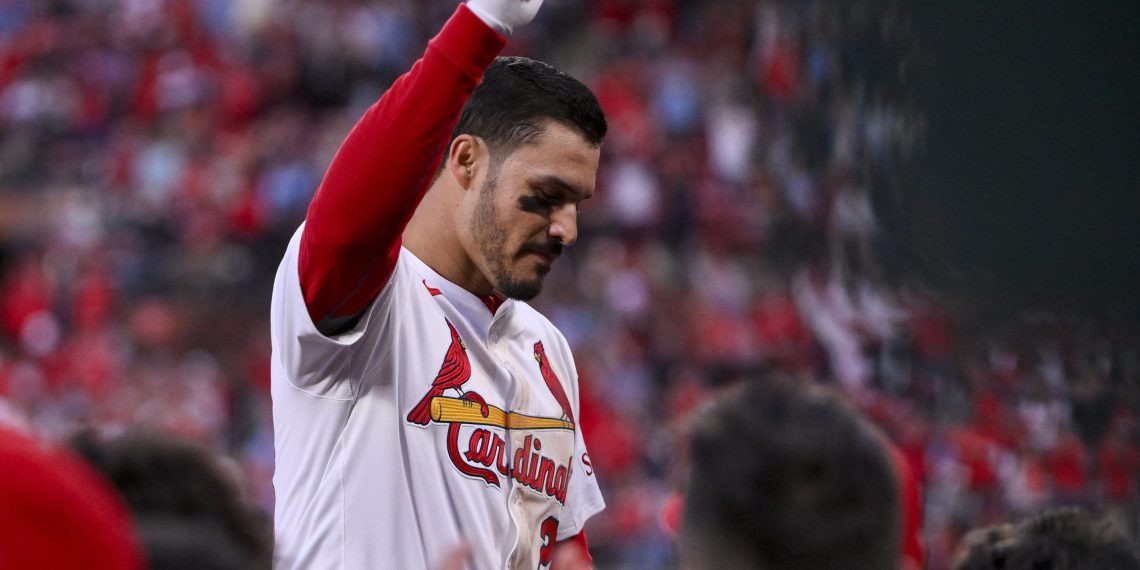Trade Ambitions Amid a Strategic Rebuild
The ongoing saga surrounding a prominent veteran infielder signals a notable shift in team strategy. With a contract valued at $260 million spanning eight years, and three years remaining, this star player has faced persistent trade speculation. His substantial deal, paired with a full no-trade clause, has so far complicated moves, even as the organization gears up for a rebuilding phase. As the season unfolds, the management appears poised to leverage his contract in order to secure valuable assets and provide playing time opportunities for younger talent.
Contractual Constraints and Player Influence
At 33, the veteran’s lucrative deal not only reflects his on-field contributions but also shapes the dynamics of potential team maneuvers. With considerable money remaining, any trade scenario must navigate the intricacies of his financial terms and contractual privileges. His performance—highlighted by a strong opening-day showing that included multiple hits and a home run—has only intensified the trade discussions. Nevertheless, his established role and his ability to exercise trade vetoes add layers of complexity to any potential transaction.
Emerging Trade Markets and Future Prospects
Interest in this high-caliber infielder is not limited to a single front. Notably, teams with aspirations for immediate success are closely monitoring developments. A particular franchise, known for its recent power display at the plate and a strong competitive outlook, has emerged as a potential suitor. While the player has not historically been linked with this organization, a series of commanding offensive performances may prompt reconsideration. The broader strategy appears to focus on clearing financial space and accelerating the integration of promising prospects—a move that aligns with a long-term vision for sustained on-field excellence.
Balancing Legacy with Long-Term Growth
As the season progresses, the decision to part ways with a proven veteran becomes a balancing act between honoring past achievements and paving the way for future talent. The organization’s approach seems to prioritize both competitive readiness and developmental opportunities, seeking to blend financial prudence with the nurturing of emerging stars. This period of transition encapsulates the broader trends shaping team strategies, where immediate performance and future potential are intricately evaluated.
Implications for Team Direction
The unfolding saga, though centered on a single high-profile player, offers a lens into the club’s strategic recalibration. By considering a high-stakes trade, the management signals its willingness to reallocate resources and reshape the roster in favor of a more youth-forward, dynamic lineup. This move could serve as a catalyst, potentially opening the door to innovative tactical approaches and renewed aspirations for the postseason.
Through a careful navigation of contractual, competitive, and developmental factors, the organization is charting a course that intertwines respect for a storied career with the ambition of long-term success.









